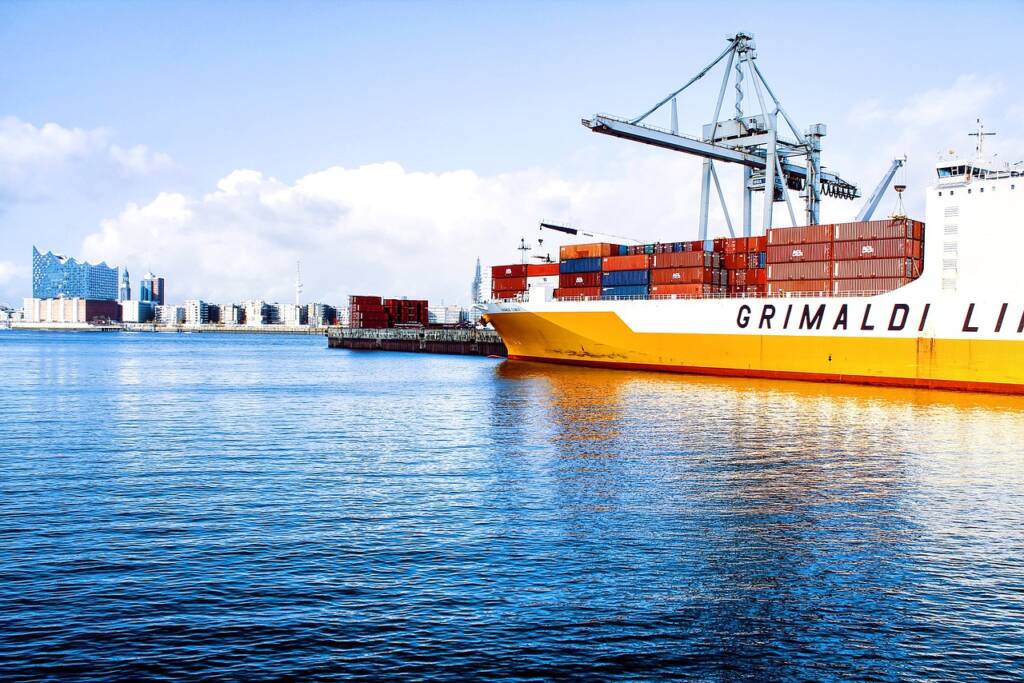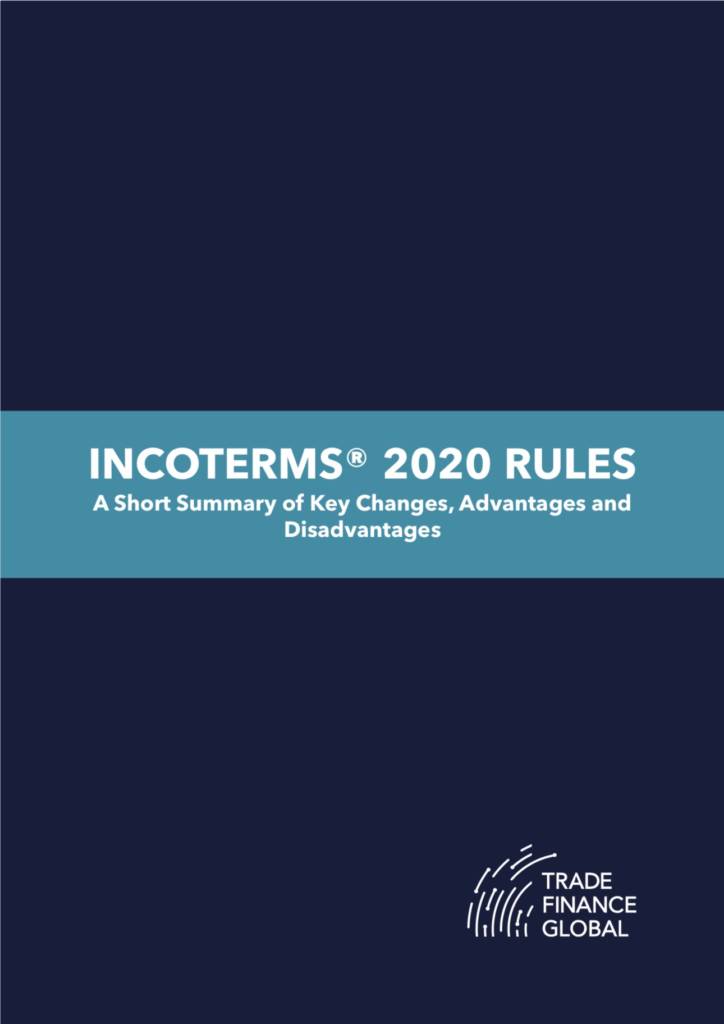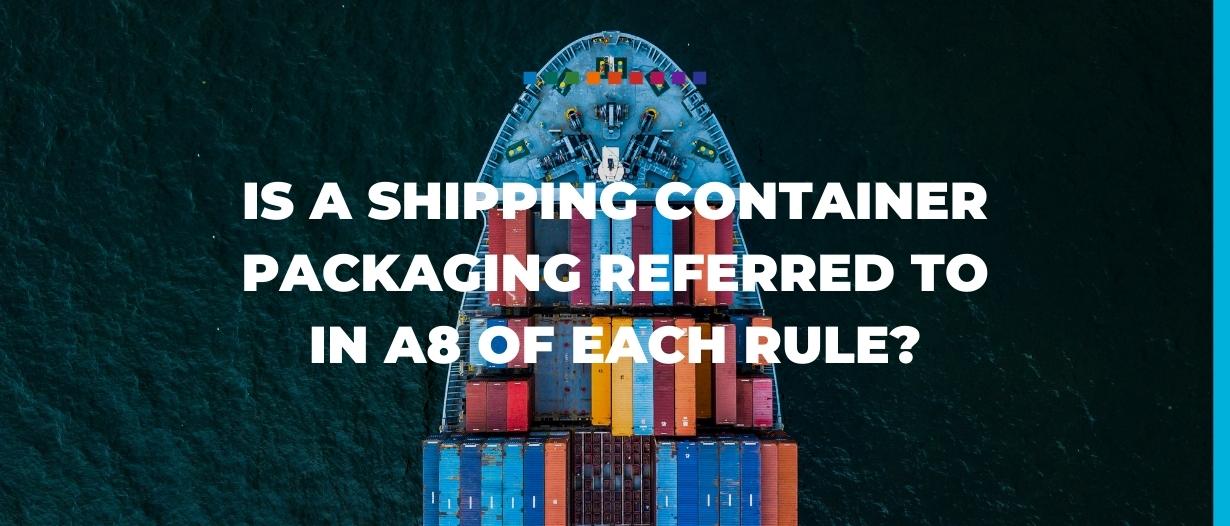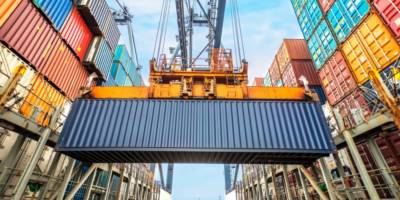Meet our writer. Written by our resident freight forwarding and shipping expert. Bob Ronai→
In the vast majority of shipments the container is provided by the carrier, usually the container shipping line itself even if a forwarder acts as the carrier, here disregarding the tiny minority of shipper-owned or buyer-owned containers.
The “IMO/ILO/UNECE Code of Practice for Packing of Cargo Transport Units” (Jan 2014) defines a Cargo transport unit (CTU) as “A freight container, swap body, vehicle, railway wagon or any other similar unit in particular when used in intermodal transport.”
The CTU operator is defined as:
“The party who owns or operates the CTU and provides empty CTUs to the consignor/shipper/packer.”
In each of the eleven Incoterms 2020 rules, A8 states:
“The seller must at its own cost, package the goods”. This means that the seller purchases and supplies the packaging included as part of the contracted goods, with the buyer to later do with it as it chooses. In all the rules it is clear that packaging occurs before delivery.
The container is provided for the purpose of transporting the goods, the cost charged for in the freight cost. It at all times remains the property of the container shipping line, and must be returned.
It is not “packaging.”

Reader’s comment:
Agree,
Containers are not considered as packaging in the Incoterms rules. I don’t think we could interpret from the A8 articles that containers are treated as the goods, which is how the transport law consider the seller’s containers. The packaged goods will be packed in the containers.
(See Incoterms 2010 Q&A- Q40 page 102), which mentions that the Transport Law may treat containers (FCL) as the goods and as such may constitute packaging.
But the Incoterms 2010 rules “suggest” that containers (FCL) might be treated as a means of transport”. So, I guess that in that “suggestion”, one may also interpret that containers are an extension of the means of transport which aim is to deliver the goods safely.
(Also see Incoterms 2010 Q&A for two definitions of packaging – Annex 4 page 11 “packaging”)
Although the references above are for the Incoterms2010 rules, I think they are still applicable to the Incoterms2020 rules.
So Container and packing and loading of the goods should be mainly considered in the contract of sales.
Reader’s comment:
In maritime transport law (see Hague-Visby Rules, Schedule of UK COGSA 1971), a container or a pallet is an article of transport to consolidate the goods.
Where the number of packages is not enumerated in the bill of lading, the article of transport is deemed to be the package or unit (for the purpose of limitation of liability). Incoterms 2010 part Definitions mentioned stowage of containers in the context of packaging but stated that it is not included in the concept.
The definition erroneously stated “container or other means of transport”. A means of transport is a truck, train, airplane or ship. Incoterms regulates packaging and, with variations, loading and discharge to and from a means of transport.
Since 2000, Incoterms has remained silent about containers or other articles of transport. It would be awkward to apply the rules of either packaging or loading and discharge as such to containers as there are variations.
A container is neither packaging nor a means of transport, if we think in terms of transport law, with which sales law should ideally interact. Importantly, insurance attaches importance on correct packaging and the fitness of craft (the Institute Clauses mention containers in this context).
Bob’s response:
This of course leads to the debate on DPU which I’ll bring up later. There is also the debate on whether the Incoterms rules should be considered as part of sales law first and their operation in the real world second. I contend it should be the other way around as probably only one in ten million or a hundred million shipments go near a lawyer. But that too is a discussion for another time.
I agree that a container is not a means of transport, it has no means of own propulsion. I prefer to refer to them as a component in the supply chain process, but however you look at it, it is not packaging of the goods as envisaged in A8 of each rule.

Reader’s comment:
Law recognizes that practice constitutes law, see Article 9 CISG for example. The parties are bound by practices they have established between themselves or should be aware of as traders. This would apply to containers as well.
I wonder if it were feasible to draft at least some common principles for containers even as situations vary. There are issues of stuffing & tying and discharge, which are firstly cost issues, including time aspects with demurrage and detention payments against the carrier.
Secondly, they are liability issues: If you stuff incorrectly, you have not ´packaged´ correctly in the light of Art. 4.3 of the Institute Clauses in the situations mentioned there, and there is no insurance coverage.
So, even if we conclude that A8 of each Incoterm does not apply to containers, there may be consequences we do not anticipate.

Want to find out more about Incoterms® Rules 2020?
We have summarised the 11 Incoterms which have recently been revised by the ICC Incoterms Drafting Committee for 2020.
View our Incoterms® Rules 2020 hub here with free guides, podcasts, videos and content!
 Australia
Australia Hong Kong
Hong Kong Japan
Japan Singapore
Singapore United Arab Emirates
United Arab Emirates United States
United States France
France Germany
Germany Ireland
Ireland Netherlands
Netherlands United Kingdom
United Kingdom





























Comments are closed.